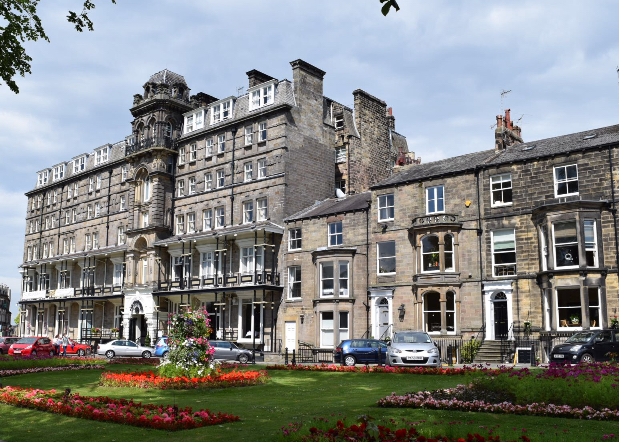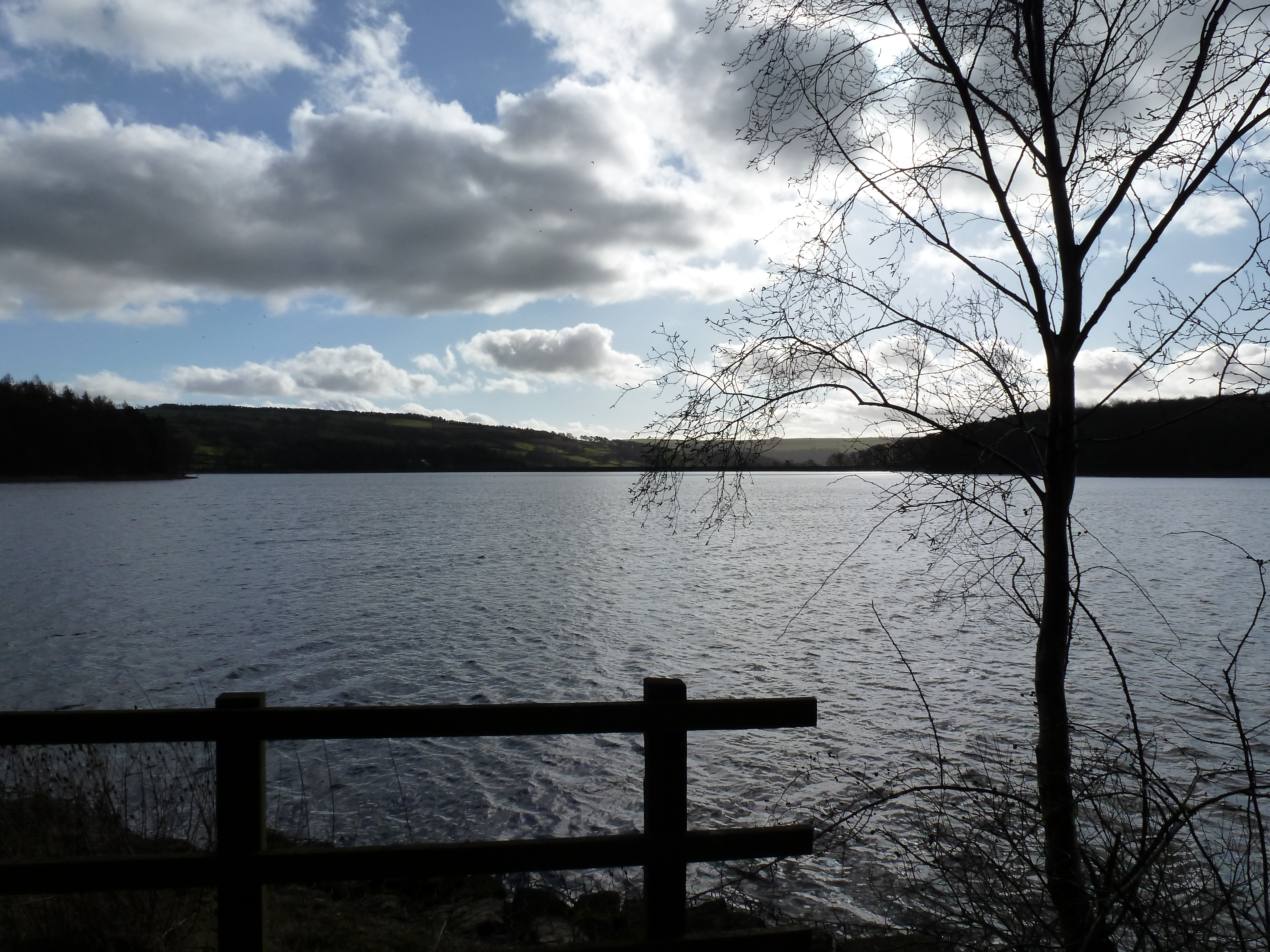ARCP: tips and advice for ST3
Firstly, welcome to haematology in Yorkshire. We are very pleased to have you!

Many of you will have worked in haematology departments before, but some may not. All of you will need to acquire new skills, for example, morphology. Clinical haematology does involve a wide range of topics conditions that you may not have seen as a core medical trainee. Please do not worry - you are here to learn and be trained and there will be plenty of support available. Do put your hand up and seek help if necessary. It can be a steep learning curve, especially at first, but it is quite normal and you will find that everything falls into place after a while.
You will need access to the eportfolio for haematology trainees. Unsurprisingly, this involves paying money (as is the case with so much of medical training) to the JRCPTB.
Once you have access you will need to do assessments (now called “Supervised Learning Events” or SLEs). There are certain types of SLE that we need to do and certain numbers of each type per training year. An evaluation of the nature and number of SLEs completed will form part of your ARCP (annual review of competence progression).

Having paid for your eportfolio access you will want someone to appreciate all the effort you have gone to. This person is your Educational Supervisor (ES). This is the person who will supervise all 5 years of your training and with whom you need to meet at least once a year prior to the ARCP (which occurs each May). Your ES needs to review all your portfolio entries for the last 12 months and compile their own ES report prior to the ARCP. (See Supervisor’s Report section below for further information.)
Each subspecialty within haematology training will require you to have a Clinical Supervisor (CS) with whom you should have an induction meeting and final appraisal (ideally at the beginning and end of your rotation). This person will change for every rotation. Please note you need to email the deanery to ask for each new clinical supervisor to be granted access to your eportfolio before each rotation.


SLEs: For ST3 we need, as a minimum, the following:
2 x DOPS for bone marrow biopsy
1 x MSF (multi-source feedback) - send these out in plenty of time to more than the minimum 12 people so that you end up with enough forms filled in time. Send them out within one placement otherwise they don’t get properly aggregated.
Ensure that you have a good mix of staff. The respondents need to include at least:
3 consultants
Plus
A mix of clinical nurse specialists, ward nurses, juniors and other registrars/middle grades
2 x mini-CEX - one of these must be safe chemotherapy prescribing, the other can be something of your choice
4 x CBD (case-based discussion) - 2 of these must be lab-based, the other 2 can be on any case you have been involved in and subsequently discussed with a consultant.
2 x multiple consultant reports (MCR) - 2 reports by 2 consultants (you can do more if you wish)
Reflections - unspecified number required and unspecified content. But you should aim to do maybe 2-3 a month and certainly make sure you reflect after attending the StR training days.
As always it is MUCH better if you can do more than the minimum.
Also the SLEs and reflections should be spread out across the year. Try to avoid doing 12 in a panic just before the ARCP date.
No audit is needed in ST3.
The idea is that the case must originate from a phone call from the lab about an abnormal FBC or clotting result or a blood film. This is not the same as seeing a patient and then requesting blood tests or a blood film. The CBD then covers your action and management plan to address the abnormal result, e.g. additional tests, calling the team looking after the patient or the GP, or reviewing the patient as indicated. Key to this is ensuring the person completing your assessment makes it clear in the title that this case originated in the lab. There is no specific SLE request form that is used for lab-based CBDs as opposed to other CBDs
The eportfolio has a number of design flaws. You may already be familiar with these. One flaw is that there is no way to clearly identify SLEs as lab-based or chemo prescription etc without having to actually go in and read each assessment individually. No-one has time to do this. So for the ARCP we are asked to create a separate Word document listing our SLEs for the year and specifying whether they are count as lab-based, chemo competency, breaking bad news, or any fulfil other particular curriculum requirement. This Word document should be uploaded into your Personal Library into the folder entitled ARCP. An example Word template for this can be downloaded below.
To this ARCP folder in the personal library should also be uploaded a screenshot of your confirmation of completion of the GMC survey. You will receive an invitation to complete this survey in March/April time every year and it is compulsory. However, if you forget to take a screen shot once you have filled it in there will be no other evidence that you filled it in. So don’t forget!
This involves clicking on the “Link” button next to your SLEs and reflections and linking them to relevant areas of the curriculum. This means when you open the curriculum you can see under each heading what evidence you have to support your experience in that area. Remember, if there is no linked evidence then you haven’t covered that area and the default position of the ARCP panel is to assume you know nothing about the curriculum area in question. Linking is the solution.
Related to this is the requirement for both you and your educational supervisor to individually assign competency levels to each curriculum item. You do this by opening the haematology curriculum (found under the Curriculum tab at the top of the eportfolio screen) and expanding all the points. Then you click on the tiny purple pencil signs next to each curriculum item and give yourself a rating. Over time your rating will hopefully improve until you are brilliant at everything. Your supervisor will also need to rate your competence in each area. Obviously to start with some areas may be rated with little or no experience and this is ok in ST3. It is less ok in ST7.
At end of each rotation we need a clinical supervisor’s report. This is also known as an end of placement appraisal and is a follow up to your induction meeting that you should have arranged at the start of your placement. If you have a particularly enthusiastic CS or if there are any particular issues that you wish to raise then you may decide to arrange an interim appraisal too (there is an eportfolio form for this should you need it but this interim meeting is not compulsory).
Each year prior to the ARCP we also need an educational supervisor’s report. This is generated following a face-to-face meeting with your educational supervisor (who you have for the entirety of your registrar training). In order for your educational supervisor to generate the report you need the requisite number of SLEs and reflections and GMC survey confirmation and clinical supervisor’s reports and induction meetings etc to be completed and readily visible on your eportfolio.
The actual ARCP itself is done remotely. Your attendance is not required. A panel of senior deanery staff and haematology consultants log on and look at all of our eportfolios on a particular day in May to make sure they are up to standard. If you have not done the correct number, type and spread of eportfolio tasks and assessments across the year or they are filed in a haphazard and generally irritating manner then you will not pass the ARCP and will be invited (obligated) to attend in person at a later date to explain yourself. It is advisable to avoid this if possible.
To help you to identify what the requirements are for each year of training there is an ARCP Decision Aid. Basically it is a table illustrating the number and type of SLEs that are required and at what time points. Please note that it states the minimum number of SLEs required. It is always better if you are able to complete more than this basic requirement.
Each year you are required to upload to your ARCP folder a version of the online JRCPTB CCT calculator. This Completion Date Calculator is essentially a spreadsheet into which you put your hospital rotations and whether you are working full or part time and your time remaining on the training programme (total length 60 months) is automiatically recalculated. It doesn't take long to complete and is pretty straightforward; but it needs to be completed each year prior to your ARCP and uploaded to your ARCP folwder in the personal library of your eportfolio.
Link to the latest version of the CCT calculator on the JRCPTB here.
Downloadable version (April 2014) available at the bottom of this web page.
Form R has a part A and a part B. Part A must be completed to register as a trainee in ST3 but this only needs to be done once. Link to Form R part A here.
Each year prior to the ARCP we also need to copmplete and upload to our eportfolio an updated copy of part B (link here). An updated version of your Form R Part B needs to be completed and uploaded each year.
There is deanery guidance on completion of Form R here.